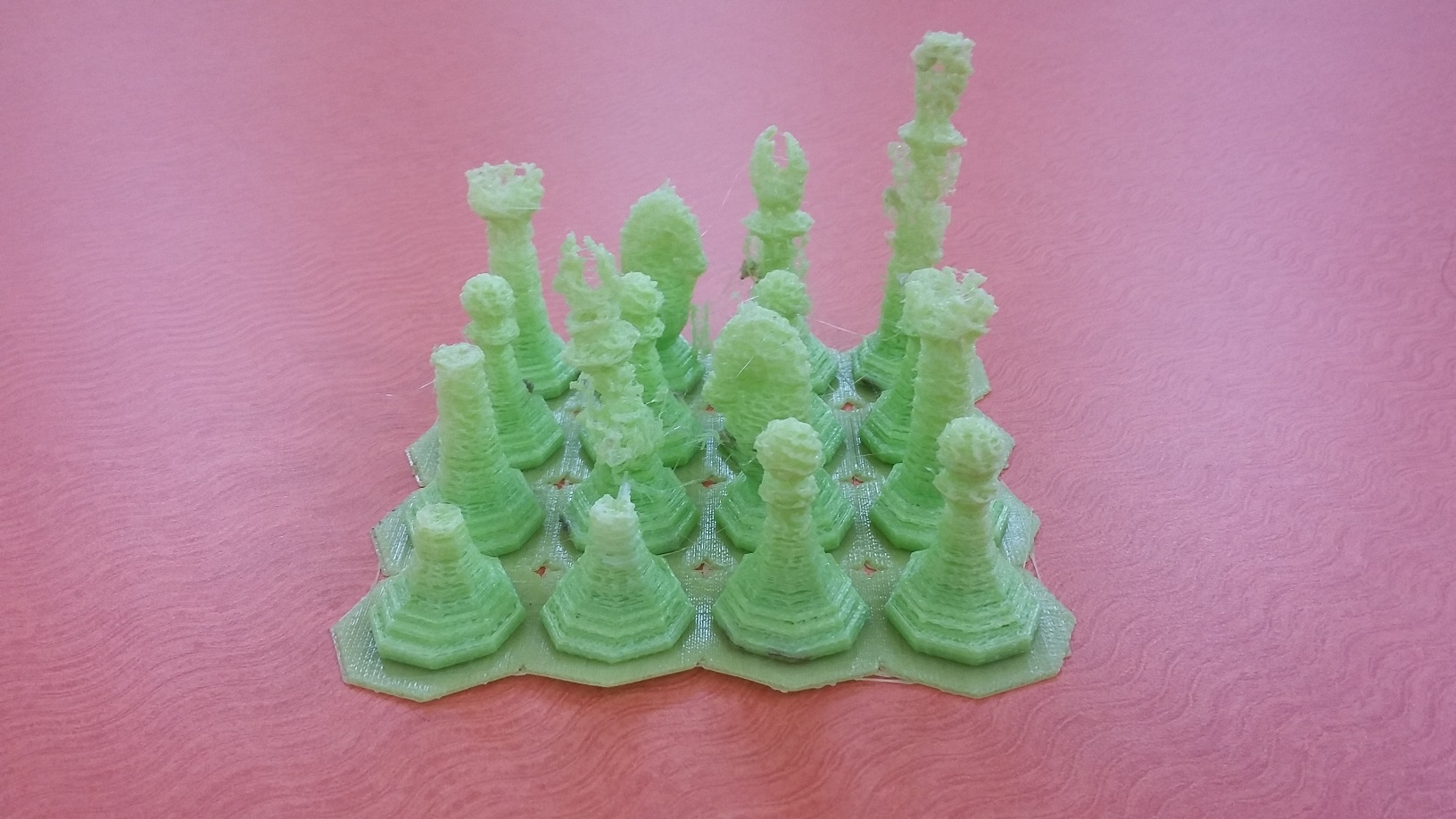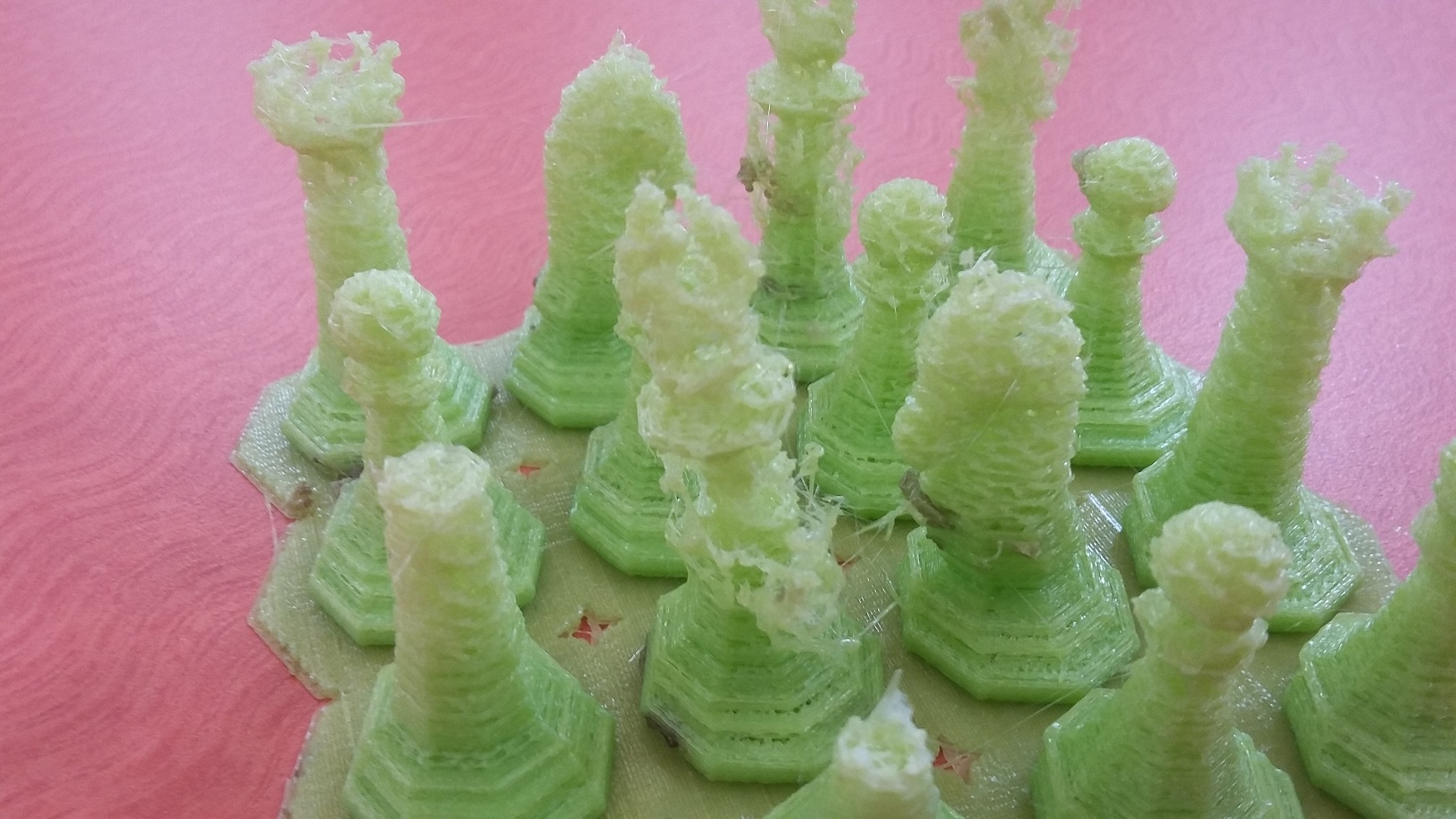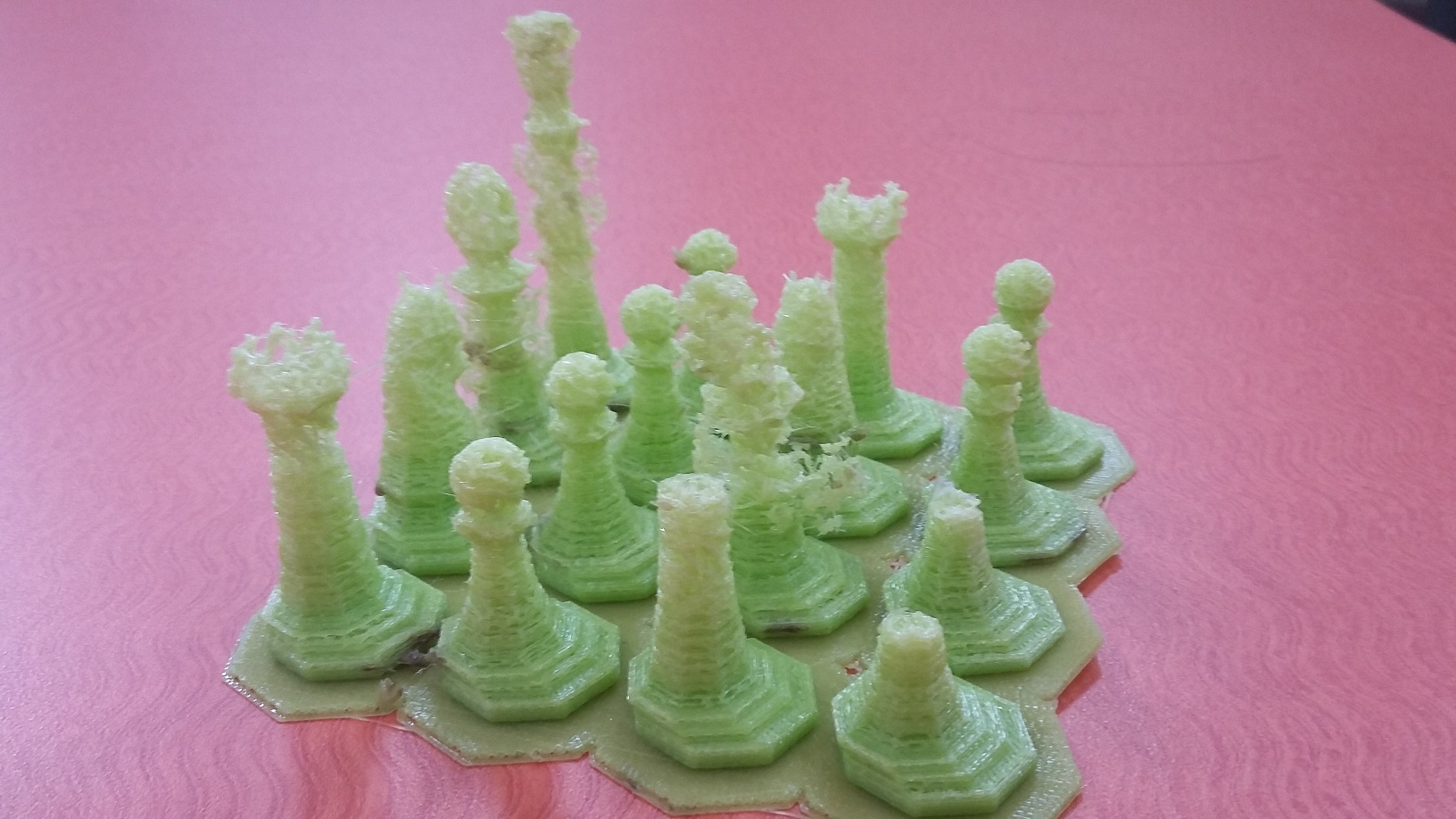Buying a 3D printer seems to be a right of passage when it comes to equipping a Makerspace. People spend lots of time sifting through Amazon reviews and geeky maker websites to find the right 3D printer for their space: one that has the perfect speed, print quality, and price for their needs. With makerspaces now popping up in public and school libraries, the question of what 3D printer to buy for a makerspace is getting asked more and more. In my experience, a 3D printer is probably one of the worst things to purchase for a Makerspace if you’re on a limited budget (and, for most those in public libraries or schools, there is a limited budget). My advice is: save your time and money, and don’t get one.
I have some experience working with 3D printers in education and makerspaces. I worked for a company who made and sold 3D printers, where I helped develop lesson plans that incorporated 3D printing. I’ve presented at teacher Professional Development conferences and also held workshops for high school students on teaching, learning, and designing with a 3D printer. And, if you’re wondering, yes, the Makerspace in our high school has a 3D printer – in fact, we have three (a Robo 3D R1, MakerGear M2, and a Tinkerine Ditto+ for those wondering) – which I have used several times over the years as part of a design course I teach at the school and with the makerspace. I have also been through the painful process of repairing our 3D printers on several occasions. The only thing I have left to prove when it comes to 3D printers is actually building one from scratch myself – which I have no intention of doing.
Below are five reasons why a school or library makerspace shouldn’t get a 3D printer
1. 3D printers need regular maintenance, calibration, or recalibration
For a perfect print to occur, many things need to be just right: the print bed needs to be perfectly level, the print plastic needs to adhere to the bed, the print temperature needs to be ideal, and a myriad of other factors need to be just right. Although there have been improvements made to take care of these issues, we are still a long way away from the “plug-and-play” paper printers we’re so accustomed too. And, when the machine needs to be calibrated, a lot of time will be spent (by you) trying to figure it out.
2. 3D printers break down and there’s not a lot of support to fix it
Regular paper printers and photocopiers jam and it’s a hassle. However, a photocopier can be fixed by opening it up and taking out the jammed paper or, if the jam can’t be fixed using this method, a service call can always be made. 3D printers jam when the plastic builds up in the nozzle (thereby blocking other plastic to pass through the nozzle). Fixing a 3D printer jam is a huge hassle because it requires skill and equipment most people don’t have. At Rebels Makerspace, we are lucky to have a student who knows how to fix 3D printers (since he built one himself from scratch). However, even with the student’s help, Rebels Makerspace 3D printers have spent more time being repaired than actually being used.
3. 3D printers are slow
From my experience, it takes roughly 5 to 10 minutes to print something the size of a marble. It takes about 15-20 minutes to print a small bookmark shaped like an owl. Many small prints take somewhere between half an hour to an hour. My longest print – a small skull for biology class – took roughly 9 hours. Now, imagine having to print a class set of student projects, each requiring 1 hour to print. I’ve actually had to print an entire class set of projects. Even after running the printer literally from 9am to 4pm for a week, I still could not do it. The ultimate question, therefore, is: how can rapid prototyping be done by using 3D printers that aren’t that rapid? It can’t. Rapid prototyping is actually better achieved by using simple materials (cardboard, glue, etc.).
Also, prints don’t always turn out right. And, taking into account the time spent troubleshooting and calibrating the machine, print times will be longer.
4. 3D printers are still quite primitive
There have been news reports of airplane parts or car being 3D printed. In the case of the car, parts were printed separately and pieced together afterwards. But, those higher quality parts were printed by machines costing tens if not hundreds of thousands of dollars. For the thousand dollar makerspace printer, printed objects are plastic and flimsy and the surface still needs smoothing out. Furthermore, objects that have moving parts cannot be printed together. If we wanted to print a house with doors and windows that opened and shut, then the doors, windows, and house would all have to be printed separately and then assembled. If all parts were printed together, none of the doors or windows would move.
5. 3D printers are not useful for most students
Lots of things can be found online that can be printed using a 3D printer. Some students are interested in printing Yoda heads, hipster glasses, and Eiffel towers. But, I have not encountered many students who are interested in constantly printing such trinkets. Most students also don’t use 3D printers for class projects because most class projects utilize paper, cardboard, glue, and other basic materials. Therefore, such a high tech piece of hardware may only be utilized by a select few.
A better way to serve students
3D printers sit idle a lot of the time because of the problems listed above. Yes, we can train students to use and maintain a 3D printer. But, those who are interested are few. Spending a large portion of a start up budget to serve only a few is hard to justify. And, yes, a 3D printer draws a lot of attention when it is running. But, attention does not necessarily mean students will want to use the 3D printer or join the makerspace. A better way to serve students so that they will join the makerspace would be to put 3D printer funds towards supplies students will use on an ongoing basis, namely:
- Glue guns (a very popular item at Rebels Makerspace)
- Scissors
- Metal rulers, utility knives, and cutting mats
- Cardboard, poster board
- Construction paper
Ff there is still interest in 3D printing a finished prototype of a design, then send it away for printing. 3D printing services do exist. Although you pay a little more, the time and materials saved because you don’t need to calibrate, troubleshoot, or maintain a 3D printer of your own is well worth it.




Comments are closed.